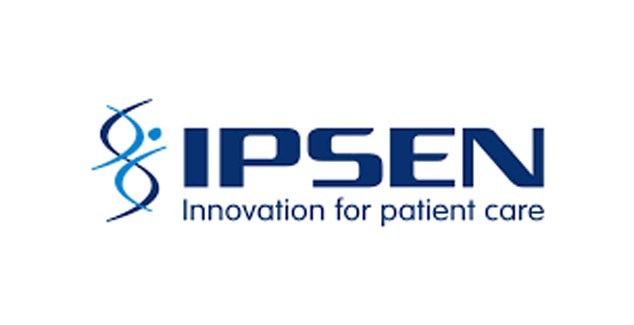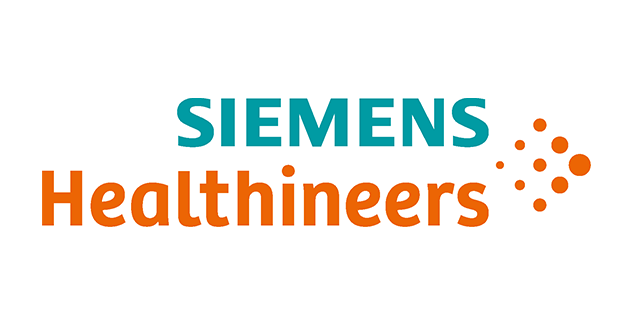The burden of stroke is rising in low-middle-income countries (LMIC), particularly in Sub-Saharan Africa (SSA). In Tanzania and Ethiopia, stroke ranks amongst the top ten leading causes of death, and tends to affect younger individuals in their fourth to sixth decades of life with substantial morbidity and mortality. This burden is further compounded with high rates of acute spontaneous intracerebral hemorrhage, which accounts for up to half of all strokes in SSA due to the high prevalence of hypertension. Acute stroke care is patchy and poorly developed with an absence of multi-disciplinary stroke units.
The Ministry of Health in Tanzania and Ethiopia has declared its interest in supporting the development of services to improve the management of stroke and implementation of a National plan for Stroke supported by the World Stroke Organization (WSO). We aim to reduce stroke mortality and disability by implementing stroke units with a bundle of care in including hemorrhagic (INTERACT-3 protocol) and ischemic stroke by a stepwise enhancement according to the WSO Roadmap in hospitals in Tanzania and Ethiopia.
This implementation study will include 6 hospitals, (2 in Tanzania and 4 in Ethiopia) conducted through a global network of investigators from the WSO Future Stroke Leaders Program. The outcomes will include time from arrival to admission to the stroke unit, number of patients managed within the stroke unit, number of multidisciplinary staffs trained and assessed as competent in delivery of stroke unit care. A pre and post intervention comparison in the medical complications, mortality (including in-hospital) and disability followed-up at 6 months.
Our partners and sponsors
 Corporate Supporters
Corporate Supporters
 Corporate Supporters
Corporate Supporters
 Platinum Plus
Platinum Plus
 Platinum Plus
Platinum Plus
 Bronze
Bronze
 Silver
Silver
 Gold
Gold
 Silver
Silver
 Silver
Silver
 Bronze
Bronze
 Bronze
Bronze
 Bronze
Bronze
 Bronze
Bronze
 Silver
Silver

 Member login
Member login
